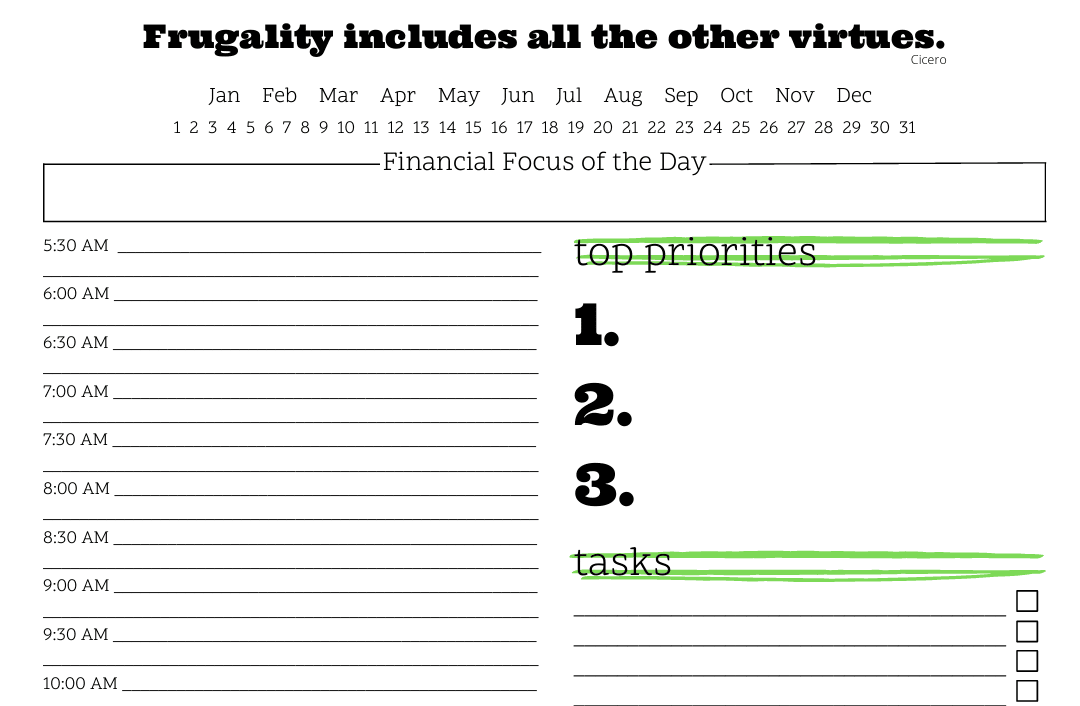This article may contain references to products or services from one or more of our advertisers or partners. We may receive compensation when you click on links to those products or services. Nonetheless, our opinions are our own.

Updated by Albert Fang
- Key Highlights
- Introduction
- Understanding the Risks: What Makes a Job Dangerous?
- The Deadliest Jobs in America: An Overview
- Beginner’s Guide to Navigating High-Risk Occupations
- Preventative Measures and Safety Protocols
- Conclusion
-
Frequently Asked Questions
- What job has the highest fatality rate?
- How can workers protect themselves in high-risk jobs?
- What factors contribute to a job being dangerous?
- Are there specific industries that have the highest rates of workplace injuries and fatalities?
- What safety measures can be implemented to reduce risks in dangerous jobs?
- How does the level of training and experience impact safety in high-risk occupations?
- Recommended Reads
Key Highlights
- The most dangerous jobs often involve significant risks, such as safety hazards and the use of heavy machinery.
- The Occupational Safety and Health Administration (OSHA) is vital in enhancing workplace safety.
- Despite safety regulations, professions like logging and commercial fishing remain hazardous.
- Transportation incidents are a leading cause of workplace fatalities, underscoring the importance of safe driving practices.
- Workers in high-risk jobs deserve recognition and robust safety measures to protect them.
Introduction
Have you ever considered the riskiest jobs? While firefighters and police officers often come to mind, many other jobs are equally hazardous but receive less attention. These professions often have high fatality rates due to unique risks. This article explores some of the most dangerous jobs, examines what makes them risky, and discusses the importance of workplace safety to protect workers in these fields.
Understanding the Risks: What Makes a Job Dangerous?
Certain jobs, such as those on construction sites or fishing boats, inherently carry more risk. But what specifically makes these roles more dangerous? Several factors contribute:
Factors Contributing to Workplace Hazards
- Working at Heights: Jobs like construction, roofing, and window cleaning often involve significant heights, increasing the risk of falls.
- Heavy Machinery: Operating cranes, trucks, or tools can lead to severe accidents if mishandled or poorly maintained.
- Exposure to Harmful Substances: Workers in industries like manufacturing and mining may encounter chemicals, asbestos, or radiation, which can cause long-term health issues.
- Adverse Environments: Extreme weather, confined spaces, and excessive noise increase workplace risks, potentially leading to accidents or chronic health problems.
Occupational Safety Statistics in the United States
The Bureau of Labor Statistics (BLS) tracks workplace injuries and fatalities, providing valuable insights into occupational safety. Their data highlights the most dangerous industries and underscores the need for continuous improvements in safety protocols.
Fatal Injury Rates by Industry
| Industry | Fatal Injury Rate (per 100,000 FTEs) |
|---|---|
| Construction | 9.7 |
| Transportation and Warehousing | 14.9 |
| Agriculture, Forestry, Fishing, and Hunting | 21.5 |
| Mining, Quarrying, and Oil and Gas Extraction | 11.6 |
- The construction industry often reports the highest number of fatal injuries, primarily due to falls.
- Transportation incidents account for a significant portion of workplace fatalities across multiple industries.
The Deadliest Jobs in America: An Overview
Logging Work
Logging is one of the deadliest professions in the United States. Workers face hazards like:
- Falling trees and branches.
- Heavy machinery malfunctions.
- Difficult, remote work environments.
Preventative Measures:
- Use protective gear such as hard hats and cut-resistant clothing.
- Conduct regular maintenance on machinery.
- Provide comprehensive safety training.
Commercial Fishing
Commercial fishing is another high-risk job, with dangers including:
- Rough seas and severe weather.
- Heavy equipment like nets and winches.
- Long hours and limited access to medical care.
Preventative Measures:
- Offer safety training specific to maritime conditions.
- Equip boats with proper safety gear and communication tools.
- Enforce regulations on boat stability and crew rest periods.
Understanding workplace hazards and prioritizing safety is essential for those entering high-risk fields. Proper preparation includes:
Essential Equipment and Resources for Safety
- Learn OSHA Guidelines: Familiarize yourself with occupational safety standards.
- Personal Protective Equipment (PPE): Use hard hats, gloves, safety glasses, steel-toe boots, and harnesses as required.
- Machinery Training: Operate equipment only after receiving proper training and licensing.
- Routine Maintenance: Regularly inspect and repair tools and machinery to prevent malfunctions.
Step 1: Identifying Potential Hazards
- Participate in industry-specific safety training programs.
- Learn to identify hazards, assess risks, and handle emergencies effectively.
Step 2: Acquiring Necessary Safety Training and Gear
- Enroll in training programs tailored to the risks of your job.
- Invest in high-quality PPE and ensure it is used correctly.
- Familiarize yourself with emergency protocols, evacuation plans, and communication systems.
Preventative Measures and Safety Protocols
Implementing Effective Safety Standards
- Follow OSHA’s comprehensive guidelines, including hazard communication and fall prevention.
- Conduct regular workplace audits to identify and mitigate risks.
- Encourage a culture of safety by rewarding compliance and addressing concerns without judgment.
Emergency Procedures and Response Training
- Establish clear evacuation routes and meeting points.
- Train workers in first aid and CPR to provide immediate help during emergencies.
- Conduct regular drills to ensure readiness.
Conclusion
Understanding the risks of dangerous jobs is crucial to ensuring worker safety. By identifying hazards, investing in training, and enforcing robust safety measures, industries can significantly reduce workplace injuries and fatalities. High-risk professions like logging and commercial fishing highlight the ongoing need for prevention and emergency preparedness. A proactive approach to safety protects workers and honors their essential contributions. Stay informed and prioritize safety in every workplace.
Frequently Asked Questions
What job has the highest fatality rate?
According to the Bureau of Labor Statistics, logging workers have the highest fatality rate in the United States. Transportation incidents are also a leading cause of workplace deaths.
How can workers protect themselves in high-risk jobs?
Workers can protect themselves by:
- Receiving proper safety training.
- Using appropriate personal protective equipment.
- Reporting unsafe conditions immediately.
What factors contribute to a job being dangerous?
Jobs involving physical labor, exposure to harmful substances, or the operation of heavy machinery are typically considered dangerous. Environmental factors like extreme weather can further increase risks.
Are there specific industries that have the highest rates of workplace injuries and fatalities?
Industries like construction, agriculture, and transportation often report the highest rates of workplace injuries and fatalities because of their inherent risks.
What safety measures can be implemented to reduce risks in dangerous jobs?
Key measures include:
- Adhering to OSHA guidelines.
- Providing detailed safety training.
- Ensuring access to high-quality personal protective equipment.
How does the level of training and experience impact safety in high-risk occupations?
More training and experience improve worker safety by enabling individuals to identify and mitigate risks effectively. Experienced workers are better equipped to handle emergencies and follow best practices.

Reviewed and edited by Albert Fang.
See a typo or want to suggest an edit/revision to the content? Use the contact us form to provide feedback.
At FangWallet, we value editorial integrity and open collaboration in curating quality content for readers to enjoy. Much appreciated for the assist.
Did you like our article and find it insightful? We encourage sharing the article link with family and friends to benefit as well - better yet, sharing on social media. Thank you for the support! 🍉
Article Title: What’s the Most Dangerous Job? Exploring the Deadliest Roles
https://fangwallet.com/2024/12/24/whats-the-most-dangerous-job/The FangWallet Promise
FangWallet is an editorially independent resource - founded on breaking down challenging financial concepts for anyone to understand since 2014. While we adhere to editorial integrity, note that this post may contain references to products from our partners.
The FangWallet promise is always to have your best interest in mind and be transparent and honest about the financial picture.
Become an Insider

Subscribe to get a free daily budget planner printable to help get your money on track!
Make passive money the right way. No spam.
Editorial Disclaimer: The editorial content on this page is not provided by any of the companies mentioned. The opinions expressed here are the author's alone.
The content of this website is for informational purposes only and does not represent investment advice, or an offer or solicitation to buy or sell any security, investment, or product. Investors are encouraged to do their own due diligence, and, if necessary, consult professional advising before making any investment decisions. Investing involves a high degree of risk, and financial losses may occur including the potential loss of principal.
Source Citation References:
+ Inspo
There are no additional citations or references to note for this article at this time.












































